How to wash polyester?
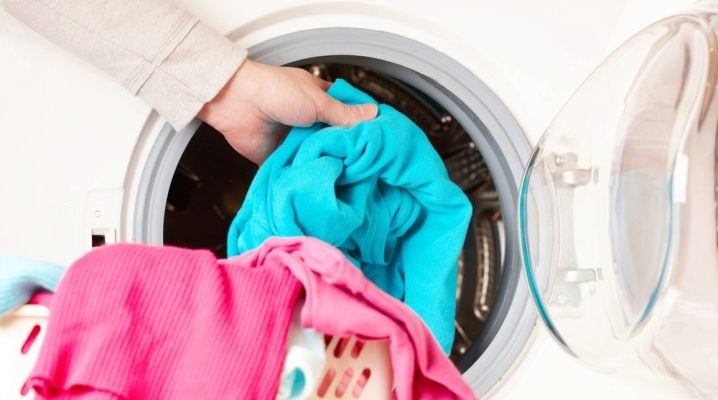
In the modern fabric market, polyester occupies a special place among a wide selection due to its exceptional features. Despite all the prejudices regarding its use in everyday life, with proper care, it is harmless to health, pleasing to the eye and provides decent protection from external factors.
Fabric Features
Polyester is used for sewing not only clothes, but also interior items, toys. Therefore, it is one of the most popular modern materials. It belongs to synthetic fabrics and is made from polyester fibers, which are a product of oil and gas processing. A thing made of polyester can look different - dense or loose, thin or strong. It depends on the:
- raw materials;
- fiber processing;
- their shapes and structures.

The popularity of such material is also explained by the following advantages:
- Wear resistance (ensures a long service life).
- Well protects from cold, moisture.
- Prevents the penetration of dirt inside.
- Ease of processing (even a beginner can easily sew from it).
- Retains shape.
- Weightlessness (even voluminous things will be very light).
- Ease of cleaning (which is especially important since such wardrobe and furnishings are in high demand and get dirty more often).
- Affordable price (compared to polyurethane materials).
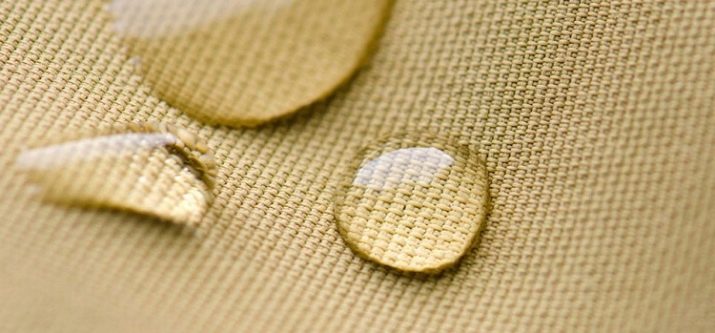
It is not without some disadvantages:
- Under the action of high temperature, it loses its properties and melts.
- Sensitivity to bleaches and solvents.
- It creates static electricity that attracts dust and under its influence clothes stick to the body.
- Due to the density, it is inconvenient to wear in a hot period; in order to reduce the rigidity, the material is made mixed.
- Poor quality fabrics made from poor raw materials or without following all the cleaning steps can cause allergies or irritation on sensitive skin.
Pure polyester is good for winter wear. For summer, in order not to sweat, knitwear (with the addition of viscose) or thin fabrics (chiffon) is preferable. For strength, it is mixed with cotton. And to increase elasticity (since polyester keeps its shape well and does not shrink) - elastane.

The proportions in the composition directly depend on the qualities that the fabric should ideally have. For example, for stretch, elastane is from 5 to 15% (an increase in the proportion allows you to stretch the blouse in any direction, after which it will take its original form).
Polyester is used to make various insulations, linings, upholstery, furniture fillers and much more. Isosoft, polyfiber, fiberskin, thermofab, thinsulate and synthetic winterizer - this is only a small fraction of the material names. When choosing things from synthetics, you should not think that a high price will be a guarantee of quality.
It is possible that the additional fabric fibers included in the composition will be natural, but the dye can be used cheap, usually it is accompanied by a chemical smell. Subsequently, in addition to health troubles, the dye can wash out of clothes and spoil the appearance. If the quality is suspicious, then the use of such products should be abandoned.

Care rules
Particular attention should be paid to the choice of detergents. Currently, they are available in the form of a liquid or gel, and also come in different forms, depending on the stage of washing. Do not use bleach for soaking. If the product has stubborn stains or stubborn dirt, they can be removed using homemade, time-tested recipes:
- Fresh greasy traces can be sprinkled with salt. After it absorbs the excess, this layer must be shaken off and a new one poured. An old stain can be poured liberally with dishwashing detergent and washed.
- Other difficult stains can be overcome with a solution of borax or citric acid. They moisten a cloth and wipe from the edge to the center so that there are no streaks left. All work is carried out in a well-ventilated area, laying down unnecessary rags.


Store-bought stain remover should not contain chlorine. In any case, it must first be tested from the inside out in an inconspicuous area.
The sequence of actions for hand washing:
- For soaking, a powder or soapy solution is enough. Dust and dirt are preliminarily removed with a soft brush or sponge.
- Directly for washing, a fairly spacious container is needed. Bulk items can also be washed in the bath.Add powder or gel to warm water, wait for it to dissolve.
- After that, products are immersed there and washed, paying attention to those areas that are most susceptible to pollution (sleeves, collar, front, etc.).
- If the result satisfied you, then you need to carefully remove the laundry, and change the water to clean. Rinse is carried out 2 to 5 times (until the washing particles are completely washed out), until the water remains absolutely clear. In order to get rid of static electricity and give softness, you can use conditioner. This primarily applies to not quite high-quality fabric. Or use an antistatic spray afterwards.

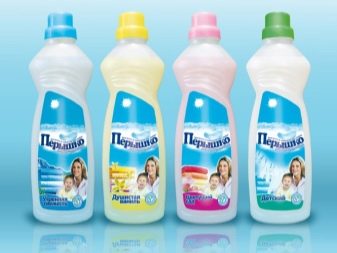
Temperature regime
On the label, in addition to other information about care, the composition is usually indicated. Items may not be sorted, depending on whether they are 100% uniform or mixed fabric. Regardless of this, the temperature regime will be almost the same:
- Firstly, the product cannot be boiled, because after that it will look completely different - it will become hard, lose its texture.
- Secondly, high temperatures can adversely affect the color. White things can turn yellow, and colors can lose their saturation and brightness.
- Thirdly, hot heaters and irons can leave traces of varying degrees of complexity, from scorching to creases. In all cases, it is almost impossible to correct the situation (this is due to the nature of the occurrence of the material). Even direct sunlight can make delicate fabrics look and feel unpleasant.
The optimum temperature for soaking and washing is 30 degrees - this figure applies to pure fiber wardrobe items.For hand washing, the skin of the hands will help determine the optimal degree of water heating. If you are comfortable, then the material will not suffer.

It is possible to wash at lower rates, but it is not advisable, since the powder, and any other detergent, does not dissolve well in such water. Consequently, the quality of washing suffers, and stains may appear on dark clothes. You can control the powder dissolution process manually, but such a cool procedure can hardly be called pleasant.
On some products, the upper threshold is set to 60 degrees. This clearly indicates that they contain fibers from materials such as cotton or linen. The more of them, the hotter the water can be. Too high temperatures are dangerous for polyester because it is the brainchild of the chemical industry, and like any synthetic substance, it can begin to break down.
Because it is sometimes difficult to tell the type of fabric outwardly, a burn test can be performed. In this case, black smoke will go, a solid lump (or influx) will form. To eliminate the corresponding synthetic smell, the room must be ventilated.
If the thing is stretched, you can use the property of shrinkage when the allowable temperature conditions rise. On the forums on this topic, you can find reviews confirming the fact that, thanks to such actions, the thing acquired the desired size. But it is difficult to guarantee that a polyester garment will fit. And the procedure itself can be called risky.


Can the machine be used?
For washing everyday things, this is the best option, since it does not require any special difficult manipulations. So:
- In order to avoid problems with molting and, as a result, staining, it is necessary to divide the whole mass of things into dark, light and colored. High-quality sweaters and trousers do not deliver unpleasant surprises. But if you are washing a piece of clothing for the first time, this separation is a must.
- If possible, for hygiene reasons, underwear should be washed separately, as well as children's clothes. There are not many of them, since the issue of hypoallergenicity remains controversial. Basically, these are all kinds of overalls, suits and underwear (for example, from fleece).
- Careful inspection is required prior to loading as some contaminants require pre-treatment. Decorative details in the form of badges, brooches and similar elements must be removed. Sew up the gaps, and tuck loose threads. Also, close your zippers and be sure to check your pockets.

- In order for the clothes to be washed well and not to be very wrinkled, you need to follow the loading norms. Visually, if you do not know the weight of the laundry, you need a third of the drum to be free.
- Powder enhancers, gels, conditioners are placed in specially designated compartments.
- The washing mode is selected from the available ones. It can be "delicate", "manual" or "synthetic". For small contaminants, “fast” or any other with a short cycle is suitable.
- The number of revolutions must be kept to a minimum (maximum 800 rpm). Spinning is best done by hand or just let the water drain.
- To prevent other fibers from sticking to polyester clothing, all types of materials should be washed separately, even if they have a similar cycle.
For things with filler and children's products, it is better to use an additional rinse. In addition, do not leave them for a long time to avoid wrinkles.As you can see, machine washable polyester clothes are not much different from other materials. The main thing is not to contradict the indicated conditions on the product label.


How to clean different things?
Since a huge number of things are made from polyester, some of them have their own nuances that must be observed when cleaning. And some of them cannot be washed at all. Complete items, fillers, linings or individual parts are made from it.
Small hosiery and underwear are best washed separately by hand to prolong their life. For this:
- Soak them in warm water with dissolved soap for half an hour.
- Rub gently without squeezing. Press against the wall of the basin.
- Rinse several times.
- Get rid of excess water without curling. To do this, just wrap them in a towel.
- Lay out on a flat surface.
In an automatic machine, such things can be separated from the bulk, this is necessary so that they do not lose their appearance. Some garments, such as bras, have clasps that can snag and cause puffs and holes.
In either case, it is better to use a laundry bag or mesh.
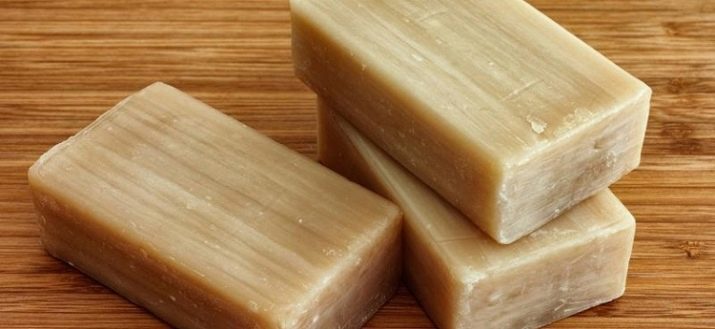
Ordinary clothes (dresses, bathrobes, skirts, T-shirts, sweaters, etc.) can be washed both by hand and in a typewriter. When cleaning outerwear (jackets, coats, down jackets, raincoats), first of all, it is necessary to evaluate your own strength, since when wet, their weight increases significantly. If you cannot do this manually, make sure that their weight does not exceed the maximum allowable for the washing machine. Liquid detergents are preferred as they rinse out better.
Plaids, tablecloths, bedspreads are washed in the same way.Things with filler (pillows, blankets) require a different approach, since it is very important to prevent stalling and violation of the internal structure. To do this, it is necessary to limit mechanical influences.
To prevent the filler from turning into a lump, special balls are used. In fact, the whole point of washing comes down to soaking and then gentle rinsing.
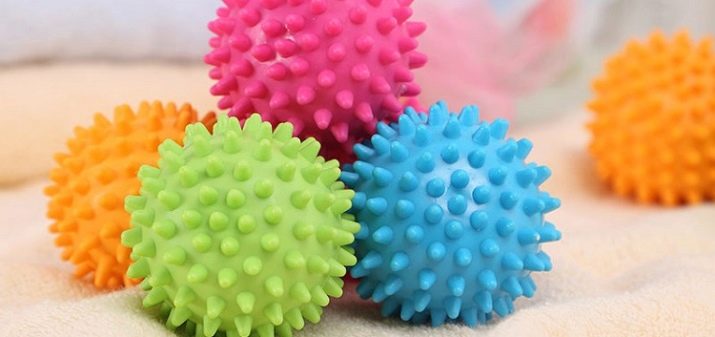
Tips & Tricks
You need to know the following:
- Drying of products of this kind should be carried out correctly, without heating devices, in a horizontal (flattened form) or vertical position (on a dryer, hangers or a rope), preferably in the fresh air. Tumble drying is not recommended. Excess water after draining is removed by lightly smoothing it with your hands or wrapping it in a cloth. Things with filler dry longer, so they need constant air circulation.
- Ironing is not recommended. In exceptional cases, the iron regulator must be set to the minimum temperature mark. The whole process is carried out from the wrong side through wet gauze. The resulting folds are straightened with a steamer or hung over a bathtub or other source of steam.
- Special storage conditions are not required, since this fabric does not need protection from insects and other pests. It is not susceptible to fungus and mold. Since the smoothing process is associated with the risk of damage to the product, jackets and sweaters are placed on hangers, trousers and skirts on special holders, small items in drawers, and large items on shelves, where there is enough space so that they do not wrinkle.

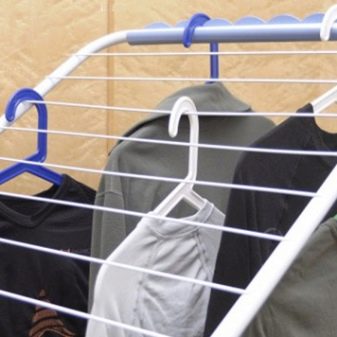
For information on how to properly and rationally wash clothes in washing machines, see the following video.




























